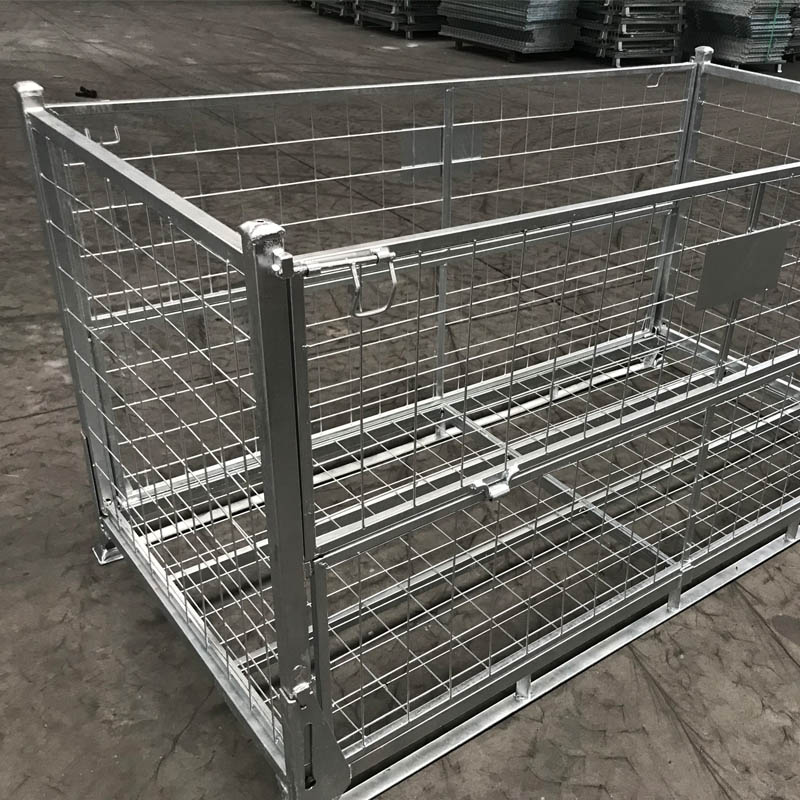
- Mobile Phone
- +8613931874955
- sales@cntcmetal.com
Horizontal Joint Reinforcement Methods in CMU Construction for Enhanced Structural Integrity and Durability
Horizontal Joint Reinforcement An Essential Component in Masonry Construction
In the realm of masonry construction, the reliability and stability of structures are paramount. One critical element that contributes significantly to this is the use of horizontal joint reinforcement. This reinforcement serves various purposes, from enhancing structural integrity to providing additional resistance against lateral forces. Understanding the function, types, and installation of horizontal joint reinforcement can help engineers and builders create safer, more durable masonry structures.
Understanding Horizontal Joint Reinforcement
Horizontal joint reinforcement consists of steel bars or wires placed in the mortar joints of masonry walls. Generally made from high-strength steel, this reinforcement is embedded along horizontal joints, typically at specified intervals. The primary function of this system is to enhance tensile strength, which masonry materials alone often lack. Given that brick, block, and stone are inherently weak in tension, introducing horizontal joint reinforcement helps distribute tensile loads more evenly across the masonry wall.
Applications and Benefits
The application of horizontal joint reinforcement is critical in areas subjected to seismic activity, high winds, or other lateral forces. Buildings located in earthquake-prone regions, for instance, need added resilience to prevent catastrophic failures. Horizontal joint reinforcement acts as a restraint that helps the walls resist flexural and shear stresses due to movement or pressure.
In addition to seismic safety, this type of reinforcement can significantly increase the overall longevity of a masonry structure. It helps to control cracking, which can be a significant concern in long-term structural integrity. The presence of this reinforcement minimizes the risk of vertical or horizontal cracks that can compromise the wall's strength.
Moreover, horizontal joint reinforcement can also enhance the aesthetic appeal of a building. When properly installed, it does not detract from the external appearance of a masonry wall. Instead, it seamlessly integrates into the overall design, providing both functionality and aesthetic continuity.
cmu horizontal joint reinforcement

Types of Horizontal Joint Reinforcement
There are several types of horizontal joint reinforcement available, each suited for different applications and structural requirements. The most common forms are
1. Flat Wire Reinforcement This type is often used in lighter masonry walls. It consists of flat steel wires that are placed in the mortar joint and helps to improve the wall's overall strength.
2. Rod Reinforcement Typically made from round steel bars, this reinforcement provides a higher level of strength and is suitable for more demanding structural requirements.
3. Bolted Reinforcement In certain applications, horizontal joint reinforcement may involve bolting systems that secure the reinforcement to other structural elements, further enhancing stability.
Installation Considerations
The proper installation of horizontal joint reinforcement is crucial for obtaining its maximum benefits. During construction, it is vital to follow the manufacturer's specifications and design recommendations to ensure effective load transfer and performance. The spacing of the reinforcement, as well as its placement within the mortar joint, should adhere to local building codes and engineering standards.
In conclusion, horizontal joint reinforcement is a pivotal component in masonry construction that enhances the structural integrity and longevity of buildings. Its ability to provide tensile strength, control cracking, and resist lateral forces makes it indispensable in modern construction practices. As building codes continue to evolve, the use of horizontal joint reinforcement will undoubtedly remain a critical focus for engineers and architects aiming to construct safer and more resilient structures.
share:
-
Your Source for Concrete Wall Ties and Masonry AccessoriesNewsJul.10,2025
-
Unlocking the Power of Iron Wire for Every ProjectNewsJul.10,2025
-
Explore Advanced Chain Wire and Stainless Steel Mesh FencingNewsJul.10,2025
-
Discover the Benefits of Annealed Wire ProductsNewsJul.10,2025
-
Discover China Stainless Steel Wire Mesh SolutionsNewsJul.10,2025
-
Build with Confidence Using High-Performance Masonry AccessoriesNewsJul.10,2025
-
Why Sacrificial Formwork Is Redefining Underground ConstructionNewsJun.06,2025



















